Explore stunning images of Ukraine showcasing its beauty, culture, and landmarks. View a variety of photos capturing the essence of Ukraine.
#autumn13129 #castle15007 #steampunk12439 #dream10023 #sunset38385 #sky13132 #animals9377 #birds10719 More...

Tranquil River View of Dnipro Town
Model: AI Upscaler
Size: 2304 X 2304 (5.31 MP)
Used settings:
Would you like to report this Dream as inappropriate?

Elegant Mixed-Media View of 19th Century Mykolaiv
Model: AIVision
Size: 1536 X 1536 (2.36 MP)
Used settings:
Would you like to report this Dream as inappropriate?

Elegant Mixed-Media Mykolaiv
Model: AI Upscaler
Size: 2304 X 2304 (5.31 MP)
Used settings:
Would you like to report this Dream as inappropriate?

Elegant Mixed-Media Landscape of Kherson
Model: AIVision
Size: 1536 X 1536 (2.36 MP)
Used settings:
Would you like to report this Dream as inappropriate?

Elegant Mixed-Media Landscape of Kherson
Model: AIVision
Size: 1024 X 1024 (1.05 MP)
Used settings:
Would you like to report this Dream as inappropriate?

Charming Lviv with Serene Vibes
Model: AI Upscaler
Size: 2304 X 2304 (5.31 MP)
Used settings:
Would you like to report this Dream as inappropriate?
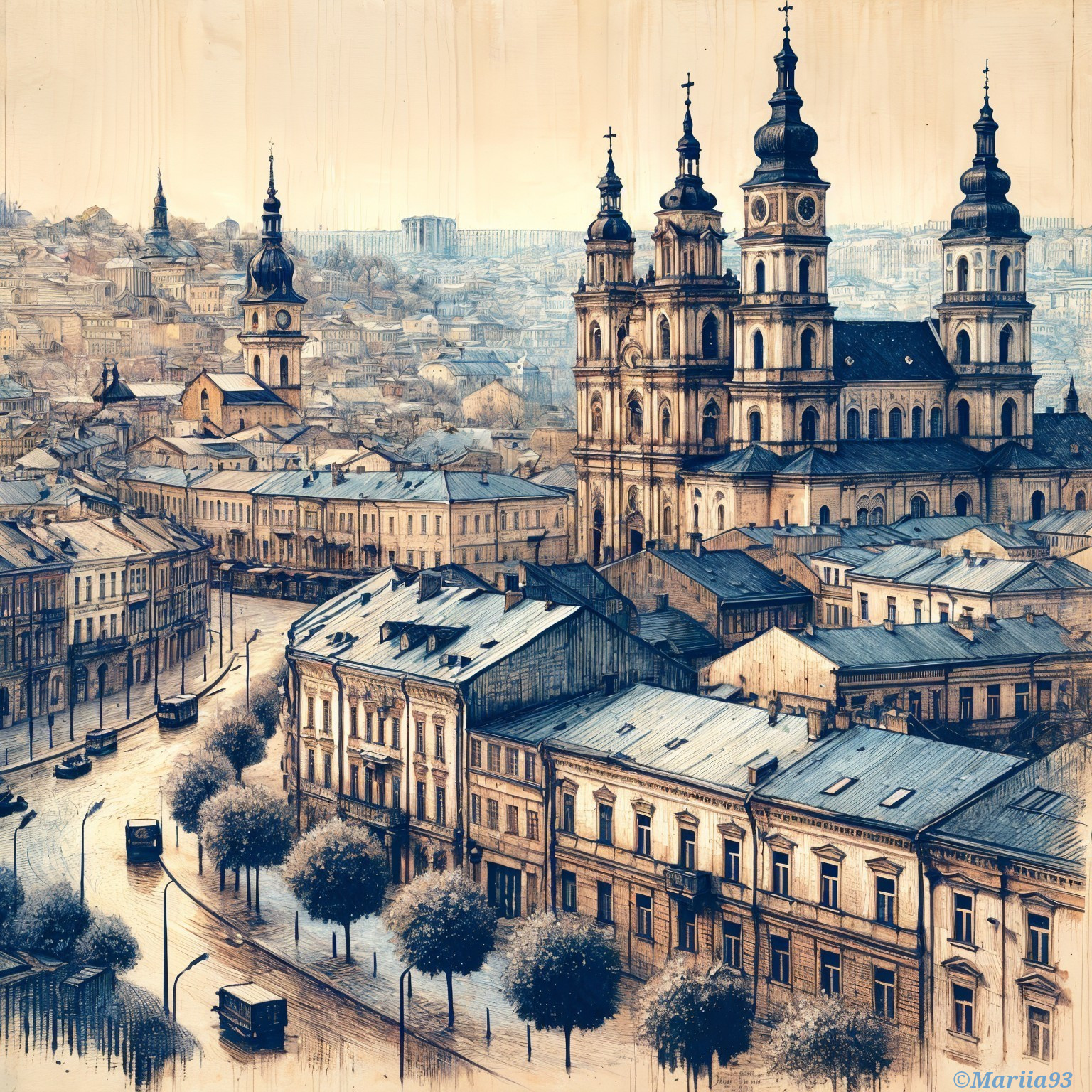
Elegant Mixed-Media Landscape of Ivano-Frankivsk
Model: AIVision
Size: 1536 X 1536 (2.36 MP)
Used settings:
Would you like to report this Dream as inappropriate?

Charming Stanislaviv XIX-th century
Model: AI Upscaler
Size: 2304 X 2304 (5.31 MP)
Used settings:
Would you like to report this Dream as inappropriate?

Majestic Architecture Beneath a Colorful Sky
Model: AIVision
Size: 1536 X 1536 (2.36 MP)
Used settings:
Would you like to report this Dream as inappropriate?

Elegant Mixed-Media Street
Model: AIVision
Size: 1536 X 1536 (2.36 MP)
Used settings:
Would you like to report this Dream as inappropriate?

Cherkasy: River Scene in Mixed Media Art
Model: AIVision
Size: 1536 X 1536 (2.36 MP)
Used settings:
Would you like to report this Dream as inappropriate?

Luhansk: A 19th Century Masterpiece
Model: AIVision
Size: 1536 X 1536 (2.36 MP)
Used settings:
Would you like to report this Dream as inappropriate?

Industrial Elegance: Luhansk in Detail
Model: AIVision
Size: 1536 X 1536 (2.36 MP)
Used settings:
Would you like to report this Dream as inappropriate?

Serene River Amidst Colorful Fields
Model: AIVision
Size: 1536 X 1536 (2.36 MP)
Used settings:
Would you like to report this Dream as inappropriate?

Beautiful Bakota
Model: AIVision
Size: 1536 X 1536 (2.36 MP)
Used settings:
Would you like to report this Dream as inappropriate?
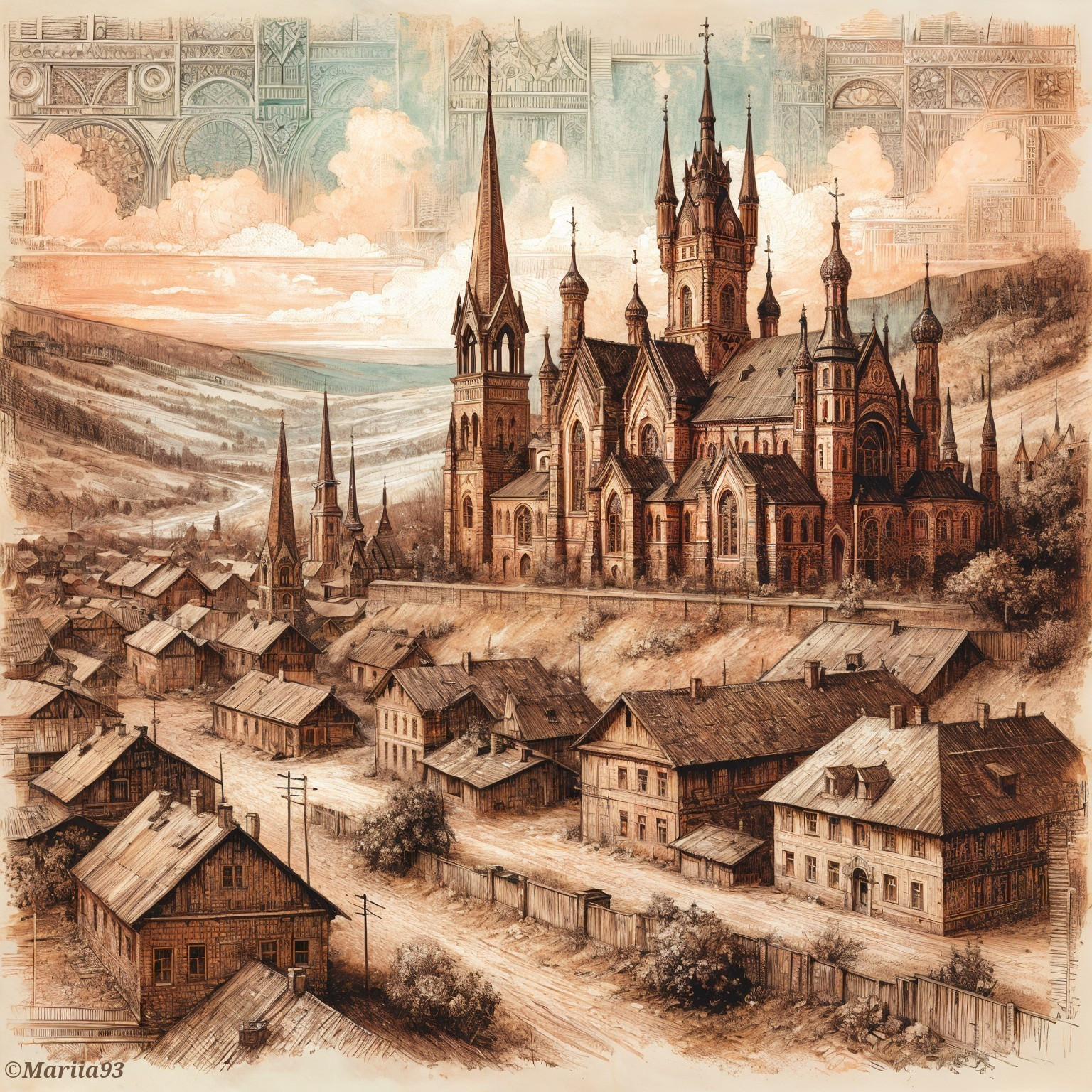
Elegant Mixed-Media Art of 19th Century Zhytomyr
Model: AIVision
Size: 1536 X 1536 (2.36 MP)
Used settings:
Would you like to report this Dream as inappropriate?
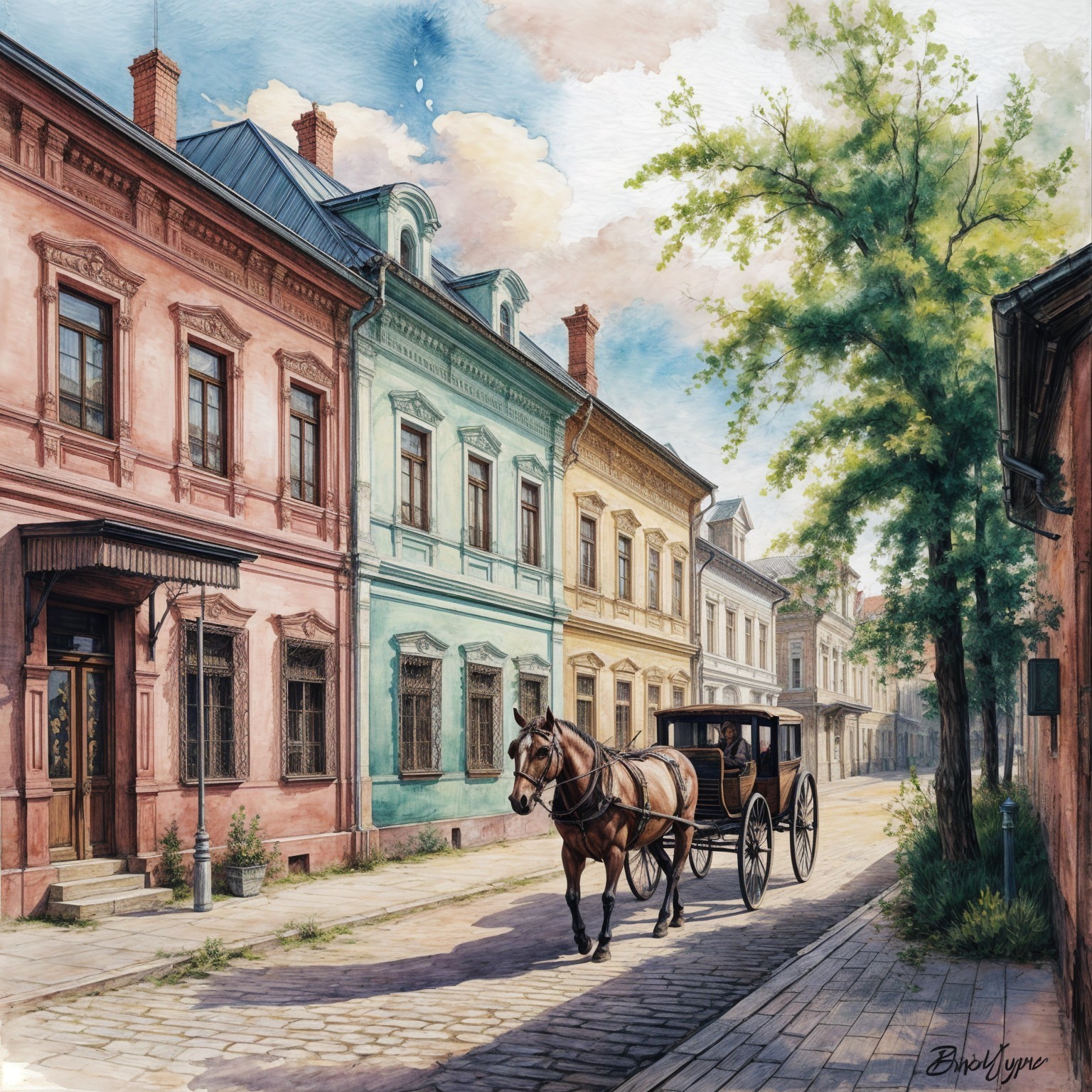
Elegant street of Zhytomyr
Model: Ideogram
Size: 1536 X 1536 (2.36 MP)
Used settings:
Would you like to report this Dream as inappropriate?

Elegant XIXth Century Zhytomyr Artwork
Model: AIVision
Size: 1536 X 1536 (2.36 MP)
Used settings:
Would you like to report this Dream as inappropriate?

Elegant 19th Century Uzhhorod
Model: AIVision
Size: 1536 X 1536 (2.36 MP)
Used settings:
Would you like to report this Dream as inappropriate?
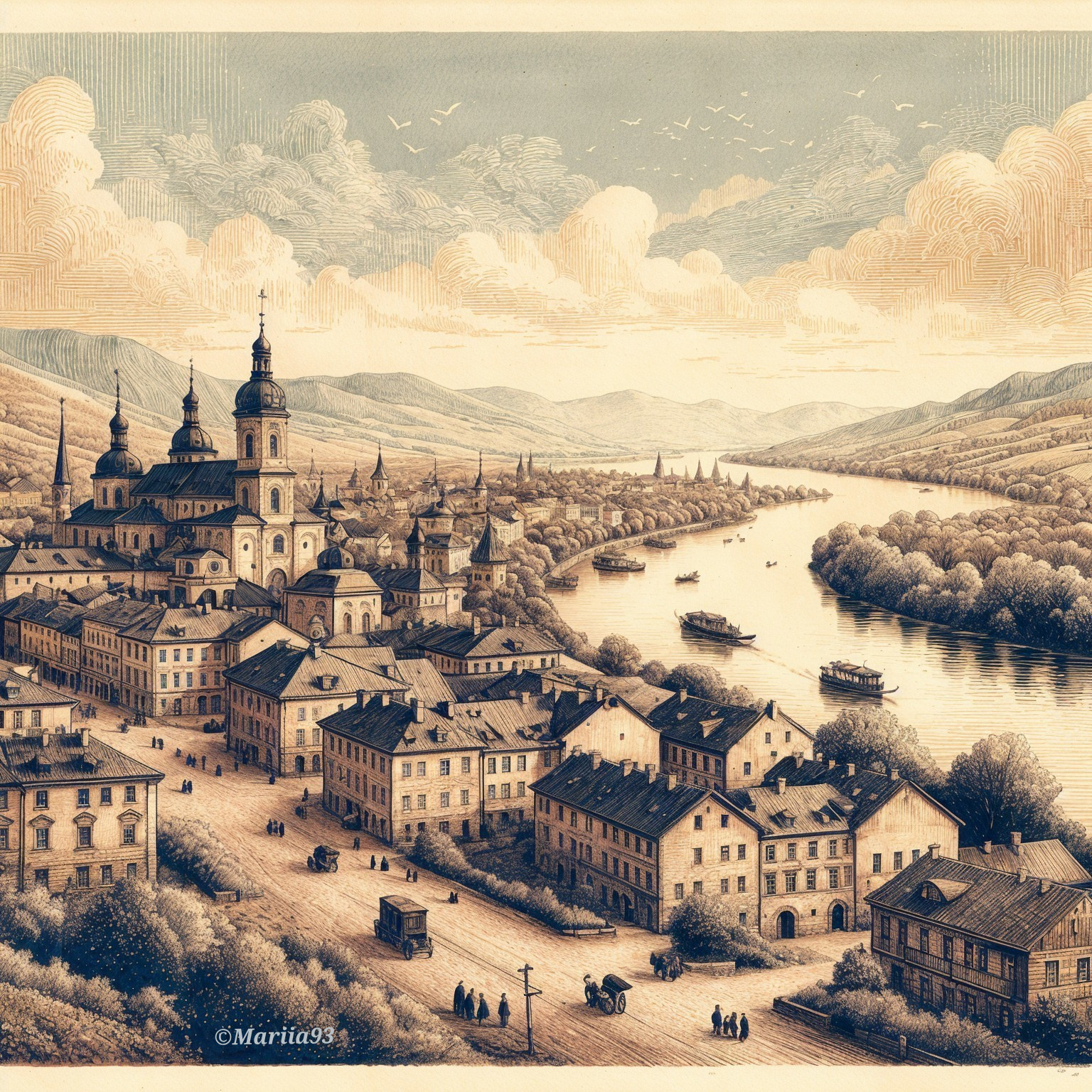
Elegant Mixed-Media Uzhhorod
Model: AIVision
Size: 1536 X 1536 (2.36 MP)
Used settings:
Would you like to report this Dream as inappropriate?

Elegant View of Kyiv
Model: Ideogram
Size: 1536 X 1536 (2.36 MP)
Used settings:
Would you like to report this Dream as inappropriate?
Support our Heroes!
Model: SeeDance
Size: 704 X 1248 (0.88 MP)
Used settings:
Would you like to report this Dream as inappropriate?

Beautiful Bakhchysarai
Model: AIVision
Size: 1536 X 1536 (2.36 MP)
Used settings:
Would you like to report this Dream as inappropriate?
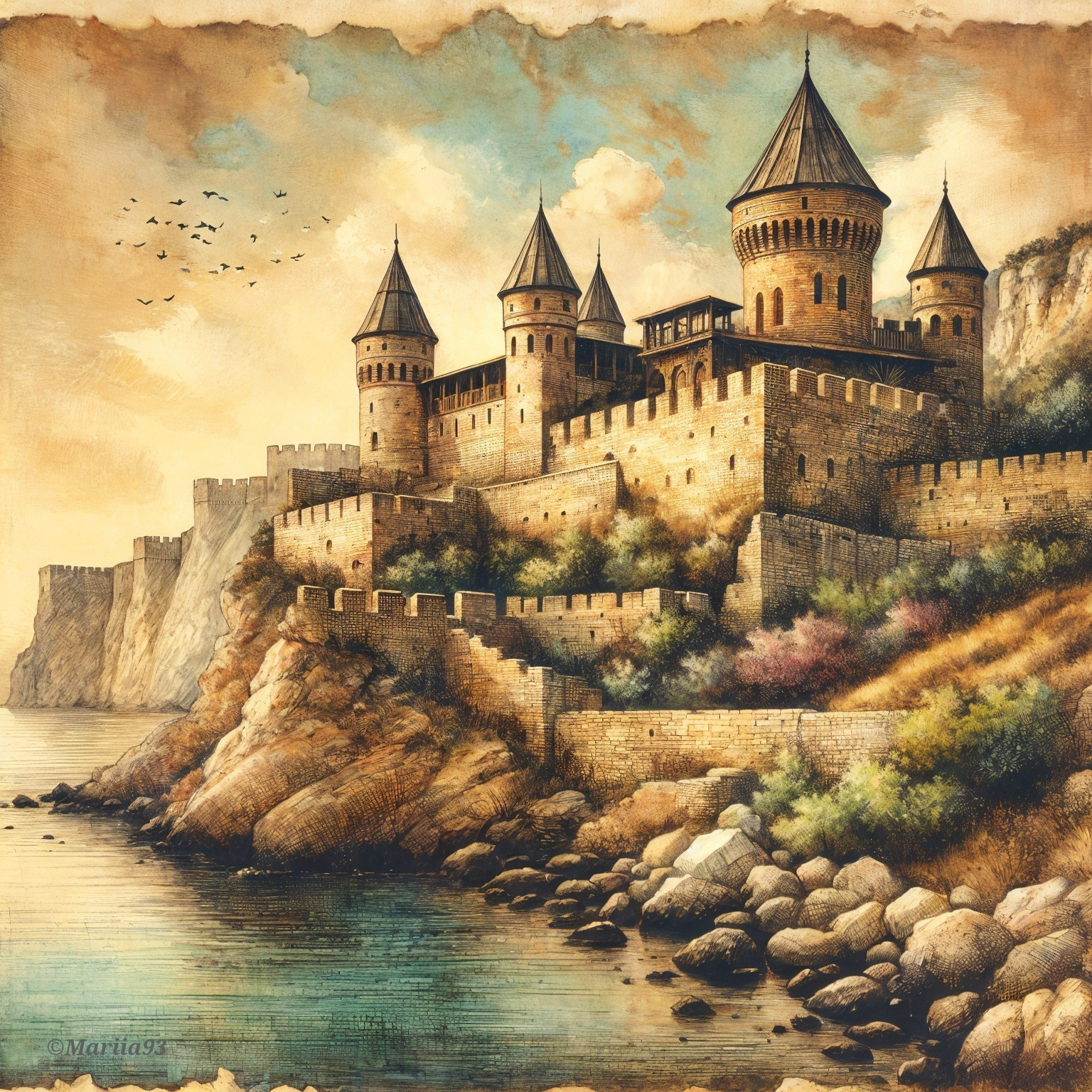
Akkerman Fortress by the Sea: A Majestic View
Model: AIVision
Size: 1536 X 1536 (2.36 MP)
Used settings:
Would you like to report this Dream as inappropriate?

Somewhere in Crimea
Model: AIVision
Size: 1536 X 1536 (2.36 MP)
Used settings:
Would you like to report this Dream as inappropriate?
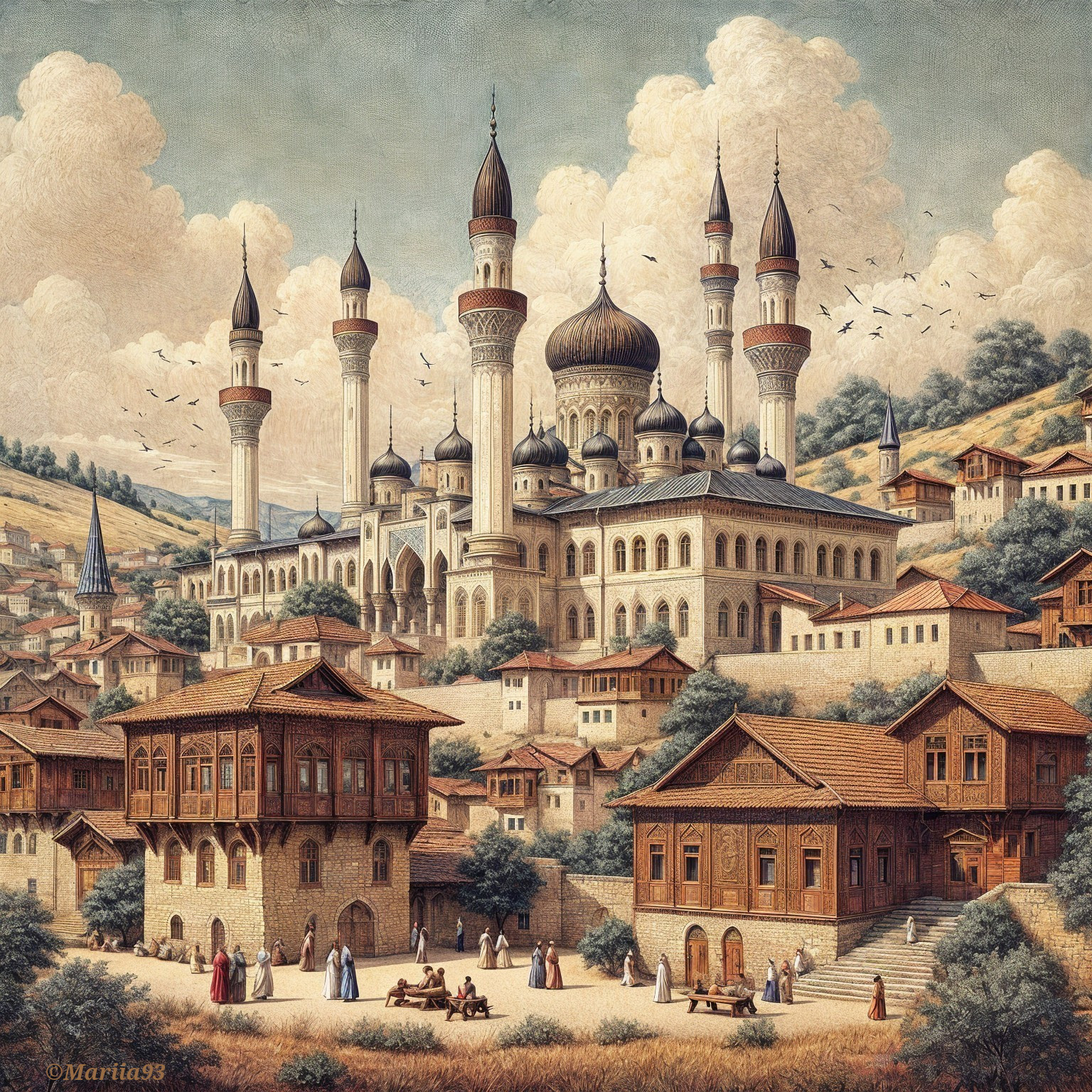
Charming Historic Town with Elegant Architecture
Model: AIVision
Size: 1536 X 1536 (2.36 MP)
Used settings:
Would you like to report this Dream as inappropriate?
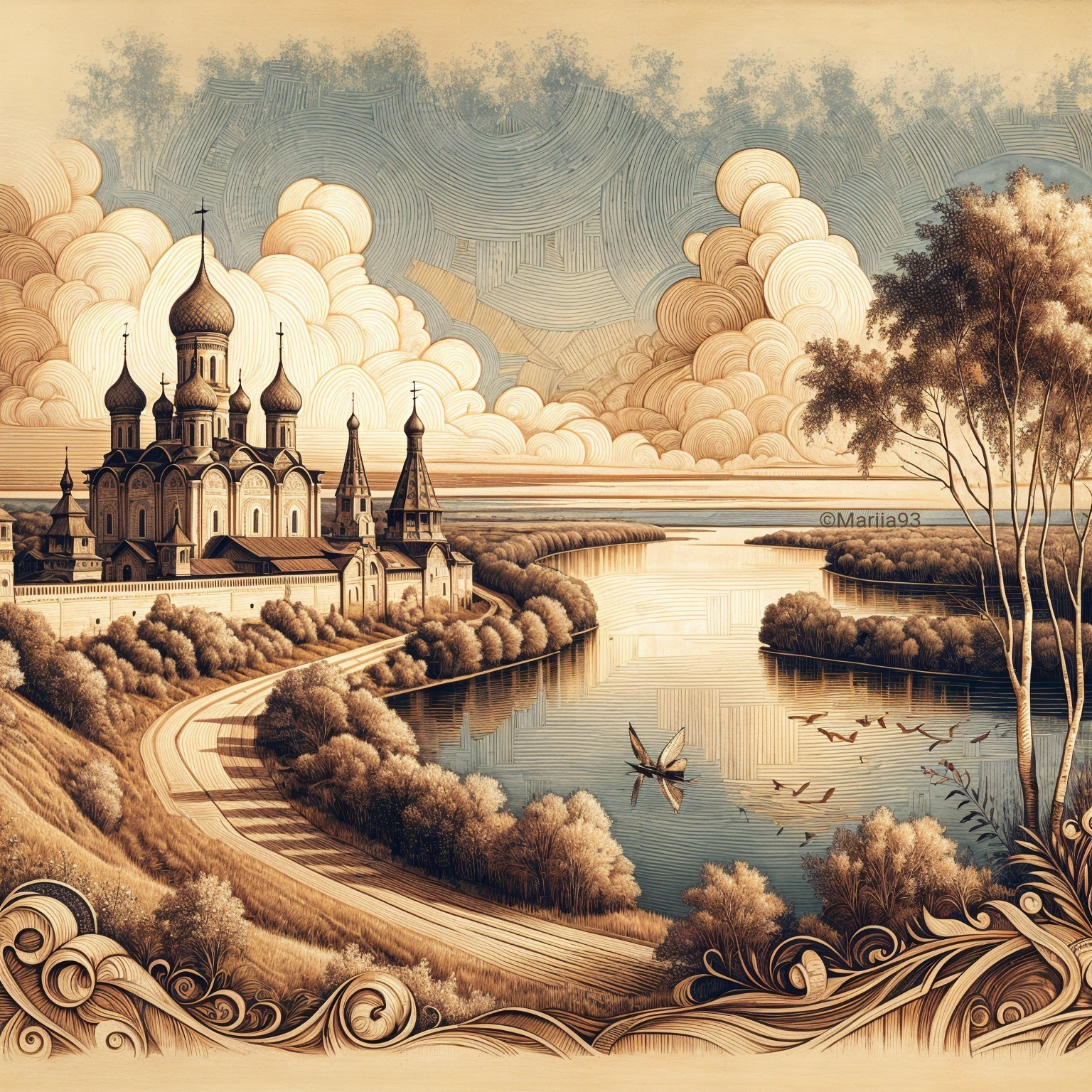
Elegant Vision of 19th Century Sumy
Model: AIVision
Size: 1536 X 1536 (2.36 MP)
Used settings:
Would you like to report this Dream as inappropriate?

Elegant Mixed-Media of 19th Century Sumy
Model: AIVision
Size: 1536 X 1536 (2.36 MP)
Used settings:
Would you like to report this Dream as inappropriate?

Elegant Chernivtsi Street in Mixed Media
Model: AIVision
Size: 1536 X 1536 (2.36 MP)
Used settings:
Would you like to report this Dream as inappropriate?

Enchanting Medieval Castle and Surroundings
Model: AI Upscaler
Size: 2304 X 2304 (5.31 MP)
Used settings:
Would you like to report this Dream as inappropriate?

Majestic Castle Amidst Lush Gardens
Model: AIVision
Size: 1536 X 1536 (2.36 MP)
Used settings:
Would you like to report this Dream as inappropriate?

Elegant Mixed-Media Landscape of XIX-th century Chernivtsi
Model: AIVision
Size: 1536 X 1536 (2.36 MP)
Used settings:
Would you like to report this Dream as inappropriate?
Dream Level: is increased each time when you "Go Deeper" into the dream. Each new level is harder to achieve and takes more iterations than the one before.
Rare Deep Dream: is any dream which went deeper than level 6.
You cannot go deeper into someone else's dream. You must create your own.
Currently going deeper is available only for Deep Dreams.